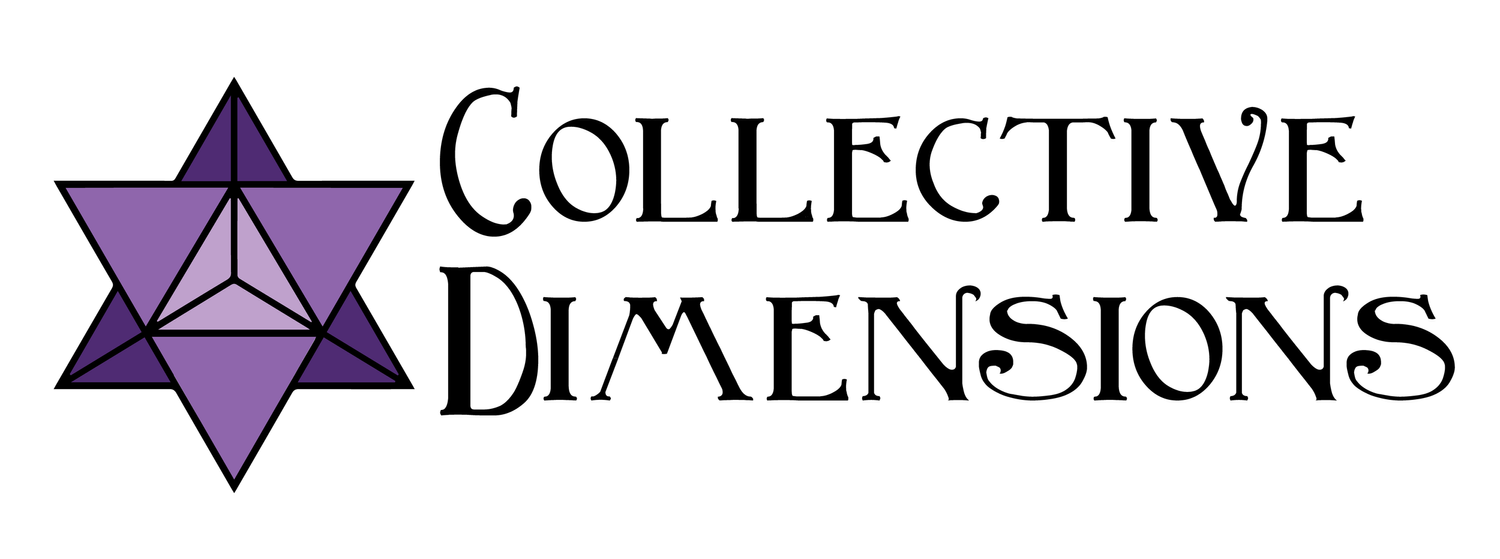Setting Sail: Navigating Life with Healthy Boundaries
Boundaries. That word can feel like a fortress wall to some, a flimsy suggestion to others, and a complete mystery to many. Yet, in the vast ocean of human interaction, boundaries are our personal ships, allowing us to navigate with confidence and maintain our course. Without them, we risk being tossed about by the currents of other people's needs, desires, and expectations.
So, what exactly are boundaries? Simply put, they are the limits we set for ourselves in relationships, both personal and professional. They define what we are comfortable with and what we are not. They are the invisible lines that protect our emotional, mental, and physical well-being.
Why are boundaries so crucial? Because without them, we risk:
Burnout and Resentment: Constantly saying "yes" when we mean "no" leads to exhaustion and a simmering resentment towards those who seem to be taking advantage.
Loss of Identity: When we prioritize others' needs over our own, we can lose sight of who we are and what we value.
Compromised Self-Respect: Allowing others to disrespect our limits erodes our self-worth and creates a cycle of unhealthy interactions.
Strained Relationships: Ironically, clear boundaries actually strengthen relationships. When everyone knows where they stand, there's less room for miscommunication and hurt feelings.
Setting boundaries isn't about being selfish or mean. It's about self-preservation and creating healthy, sustainable relationships. It's about recognizing that you are worthy of respect and that your needs matter.
Here are some practical tips for establishing and maintaining healthy boundaries:
Know Your Limits: Take time to reflect on what you are comfortable with. What drains you? What energizes you? What behaviors are unacceptable to you?
Communicate Clearly and Assertively: Use "I" statements to express your needs and limits. For example, instead of saying, "You always interrupt me," try, "I feel unheard when I'm interrupted. I need to finish my thoughts."
Be Consistent: Once you've set a boundary, stick to it. Consistency reinforces your message and shows others that you are serious.
Learn to Say "No": This is often the hardest part, but it's essential. A simple "no" is a complete sentence. You don't need to justify or apologize.
Practice Self-Compassion: Setting boundaries can be challenging, and you may encounter resistance. Be kind to yourself and remember that you are doing what's best for you.
Recognize different types of boundaries: Physical, emotional, intellectual, and time boundaries are all important. Physical boundaries might be about personal space. Emotional boundaries regard what emotions you are comfortable sharing, and what emotions from others you will allow to impact you. Intellectual boundaries are about respecting differing opinions. Time boundaries are about protecting your time.
Setting boundaries is an ongoing process, not a one-time event. It requires self-awareness, courage, and consistent effort. But the rewards are immeasurable: greater self-respect, healthier relationships, and a more fulfilling life. By learning to navigate with healthy boundaries, we can chart our own course and create a life that aligns with our values and needs.
Written by Dorie Wicklund
Dorie Wicklund is a multifaceted wellness practitioner and coach dedicated to cultivating consciousness in others. She has been in the wellness field for over 20 years and has a wealth of knowledge in the areas of Ayurveda, Integrative Health, herbalism, nutrition, essential oils, career and academic guidance, intuitive practices, and life and spiritual coaching. Dorie also has a deep understanding of energy healing modalities like Reiki, EFT, bio-fork tuning, meditation, and breathwork practices.

